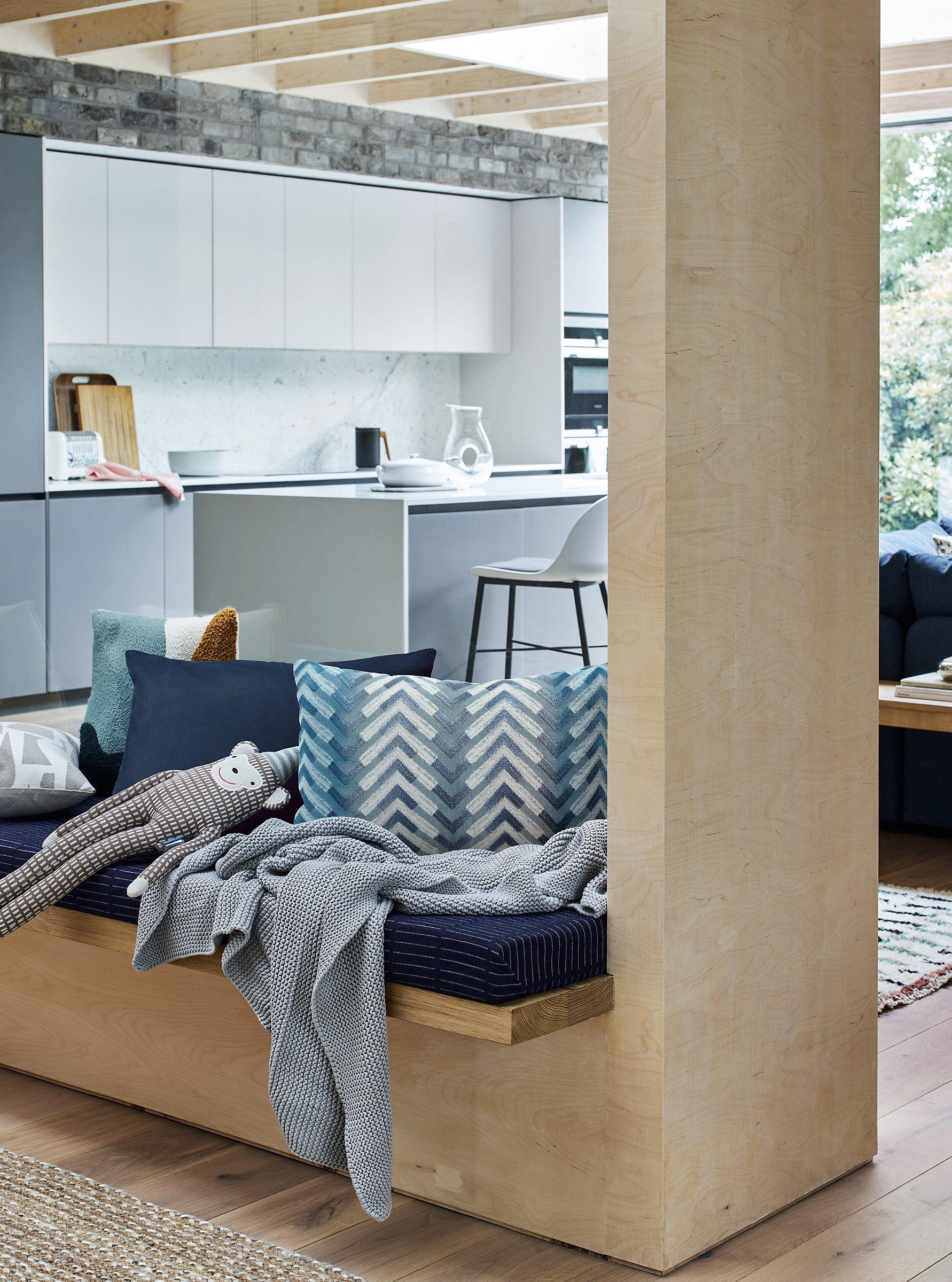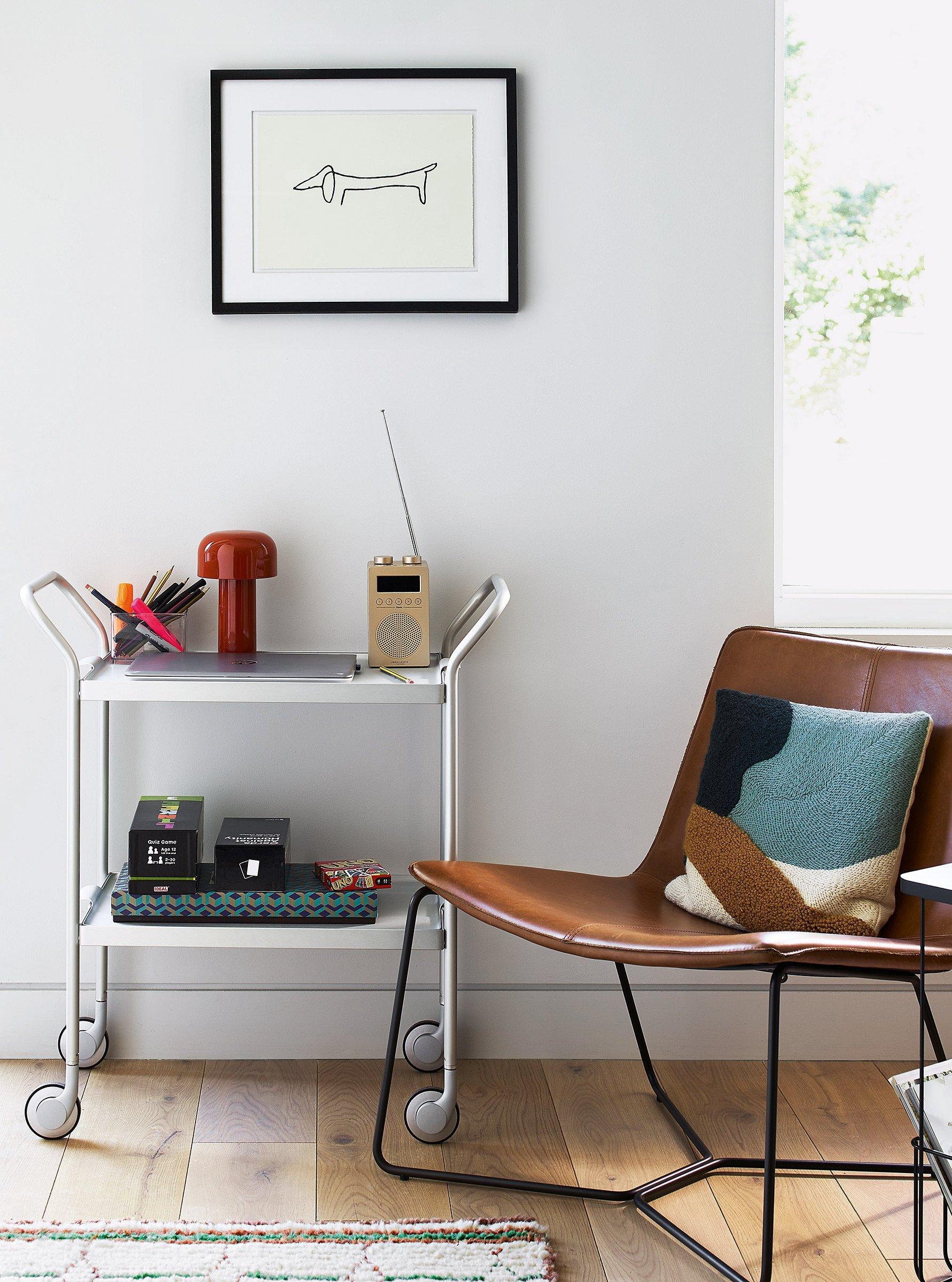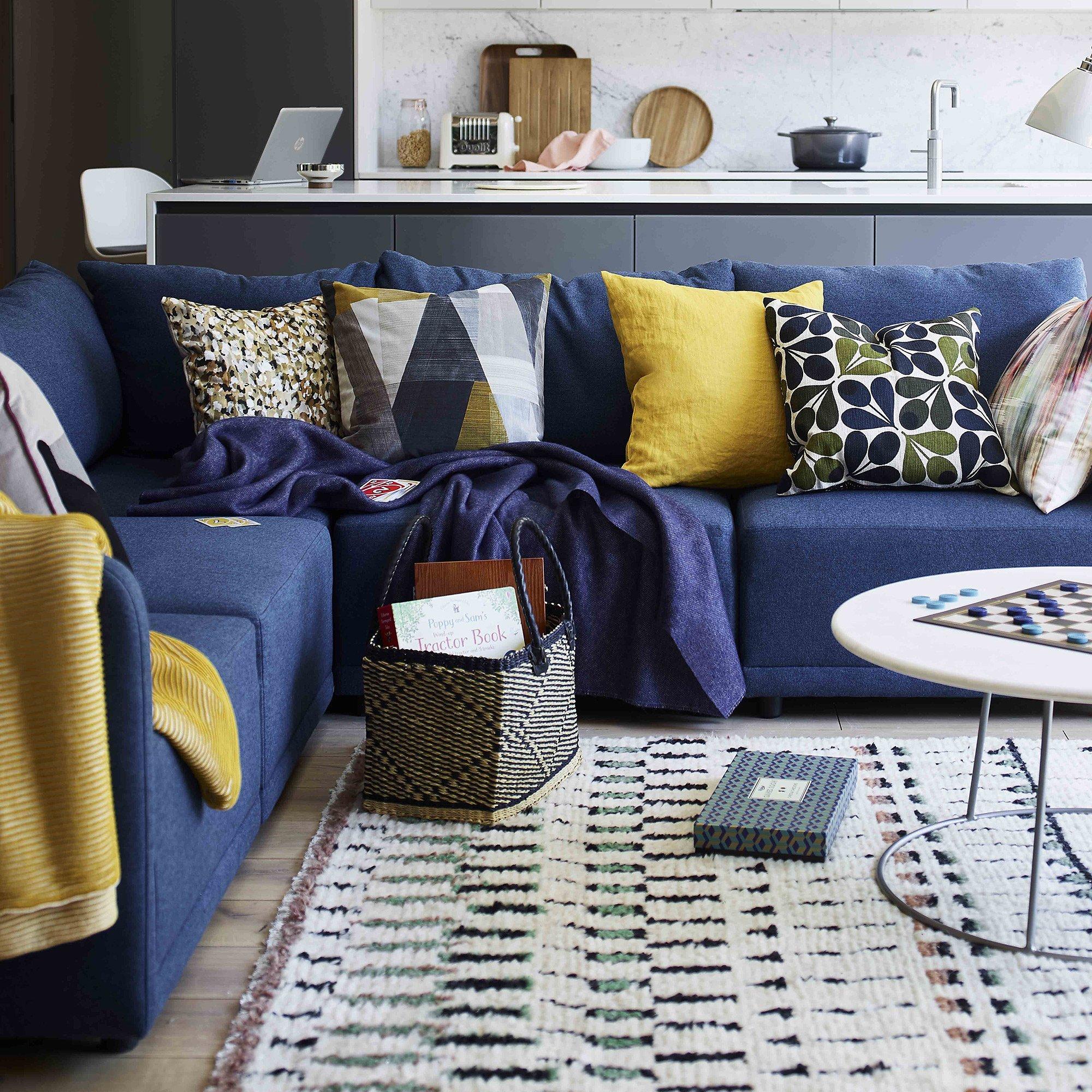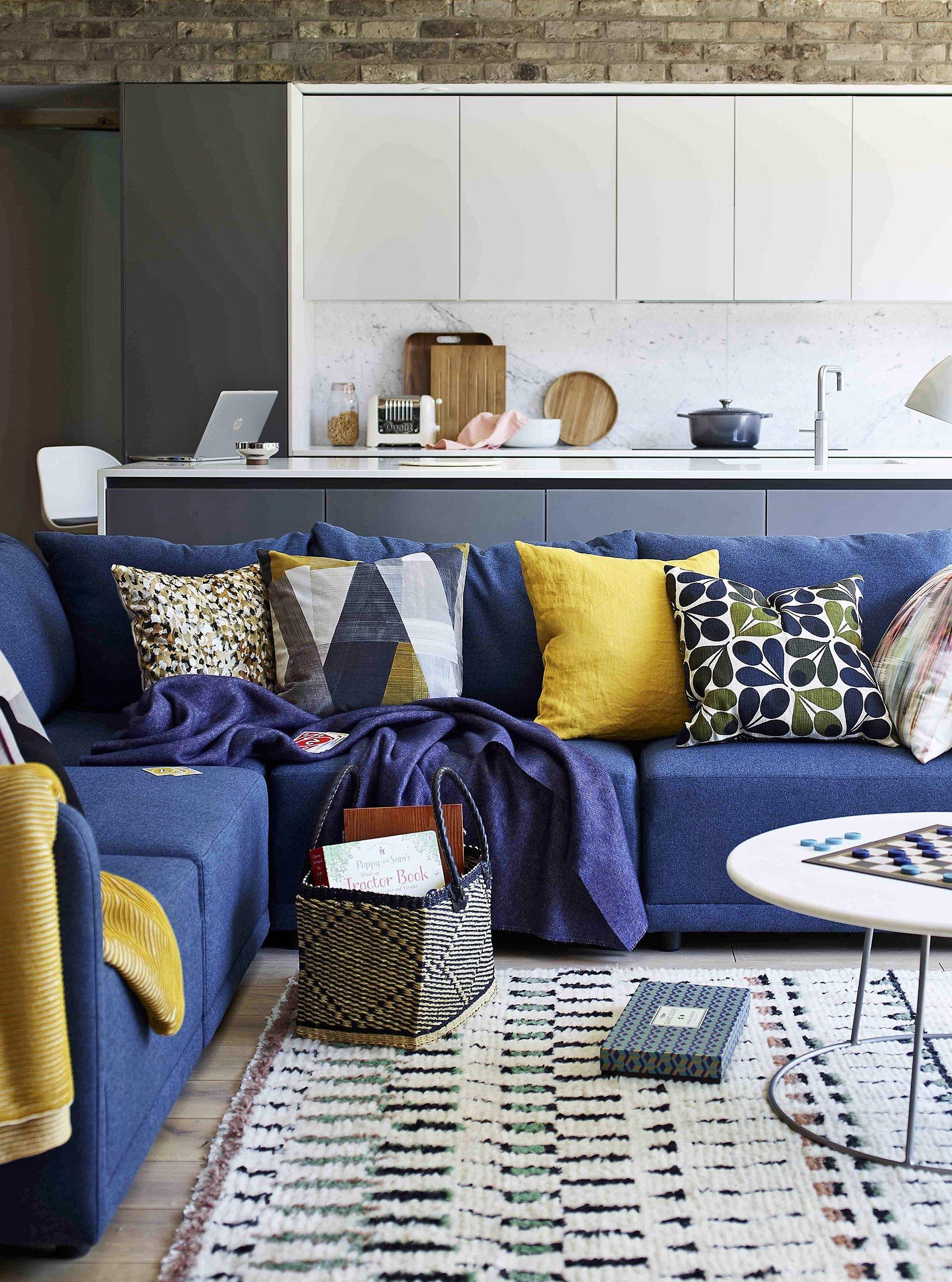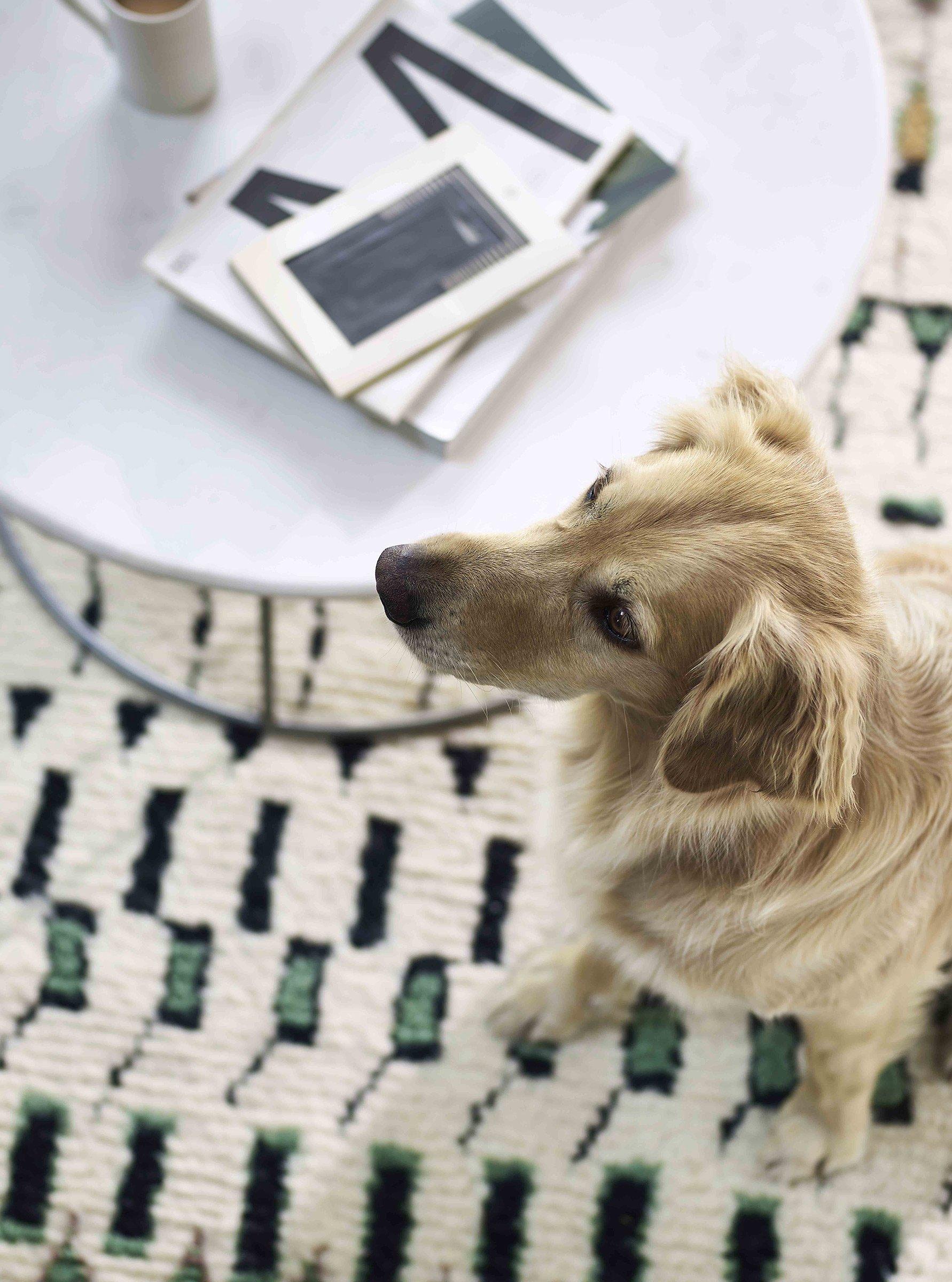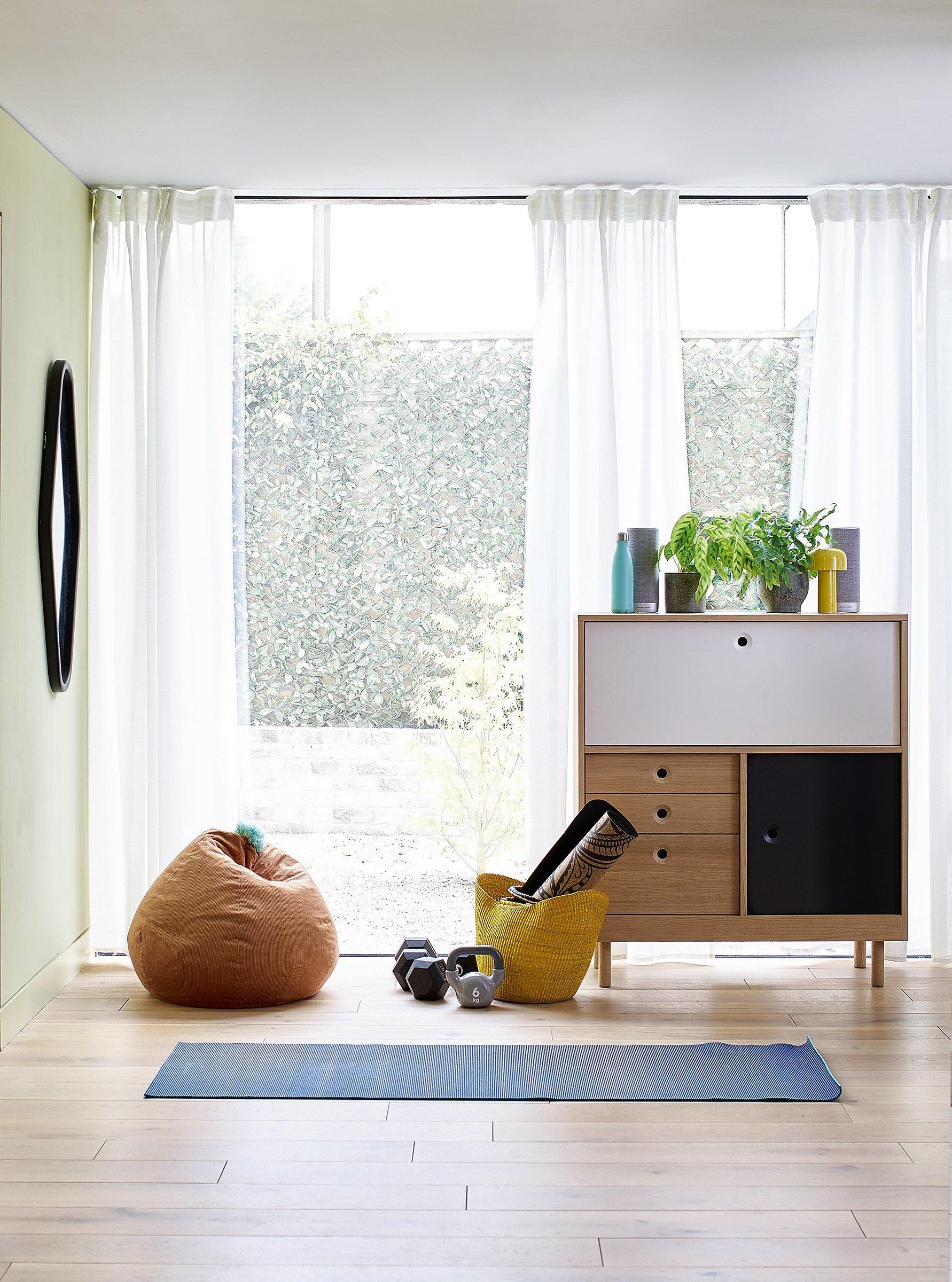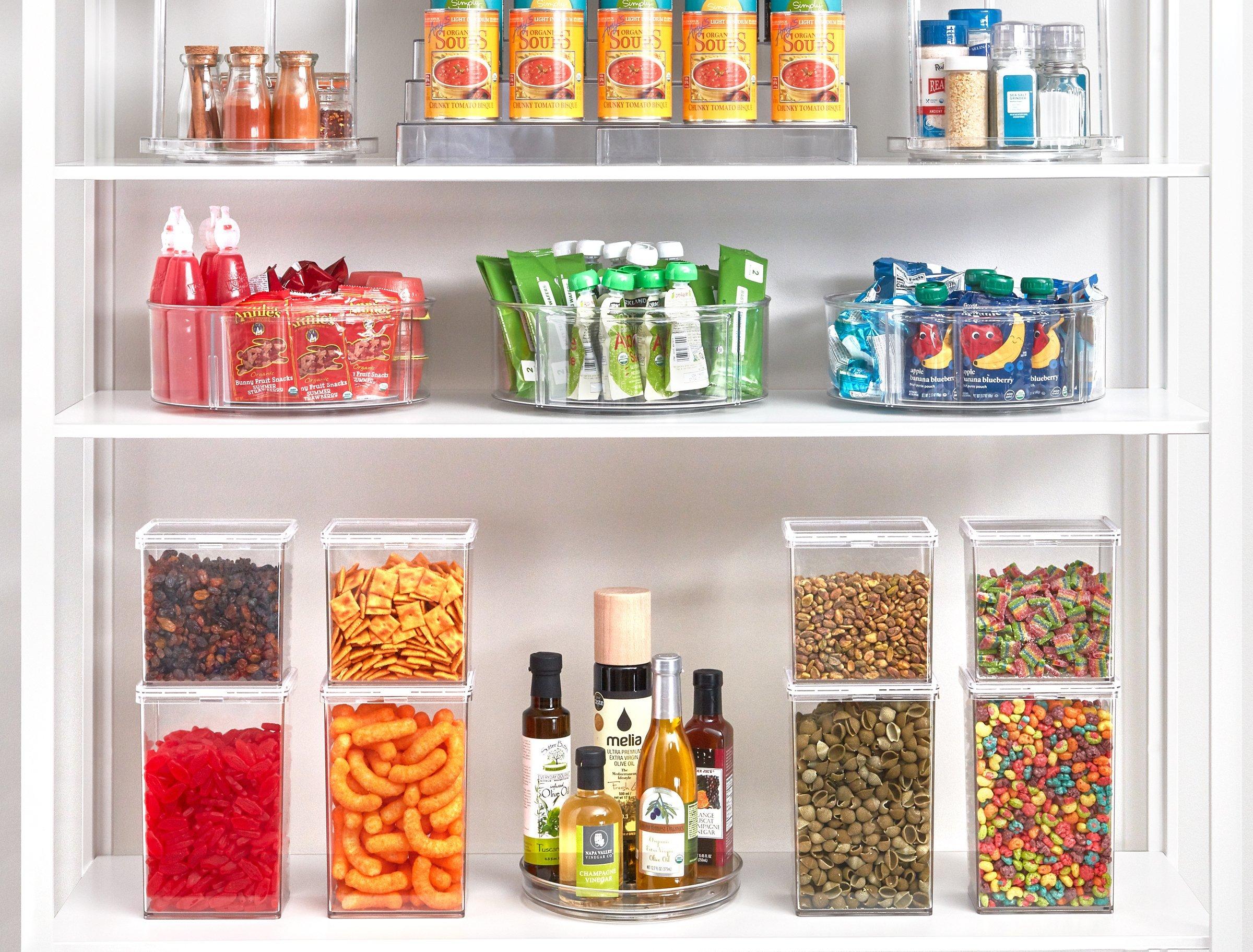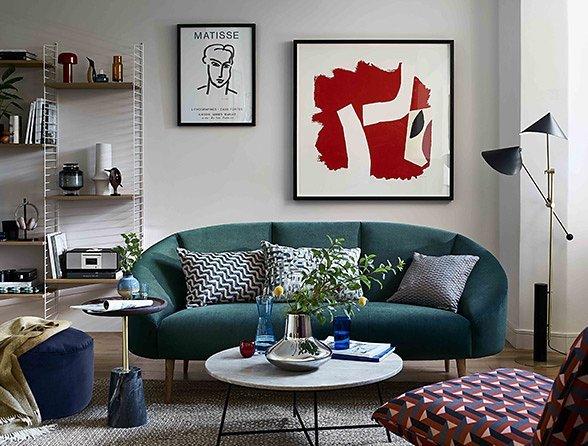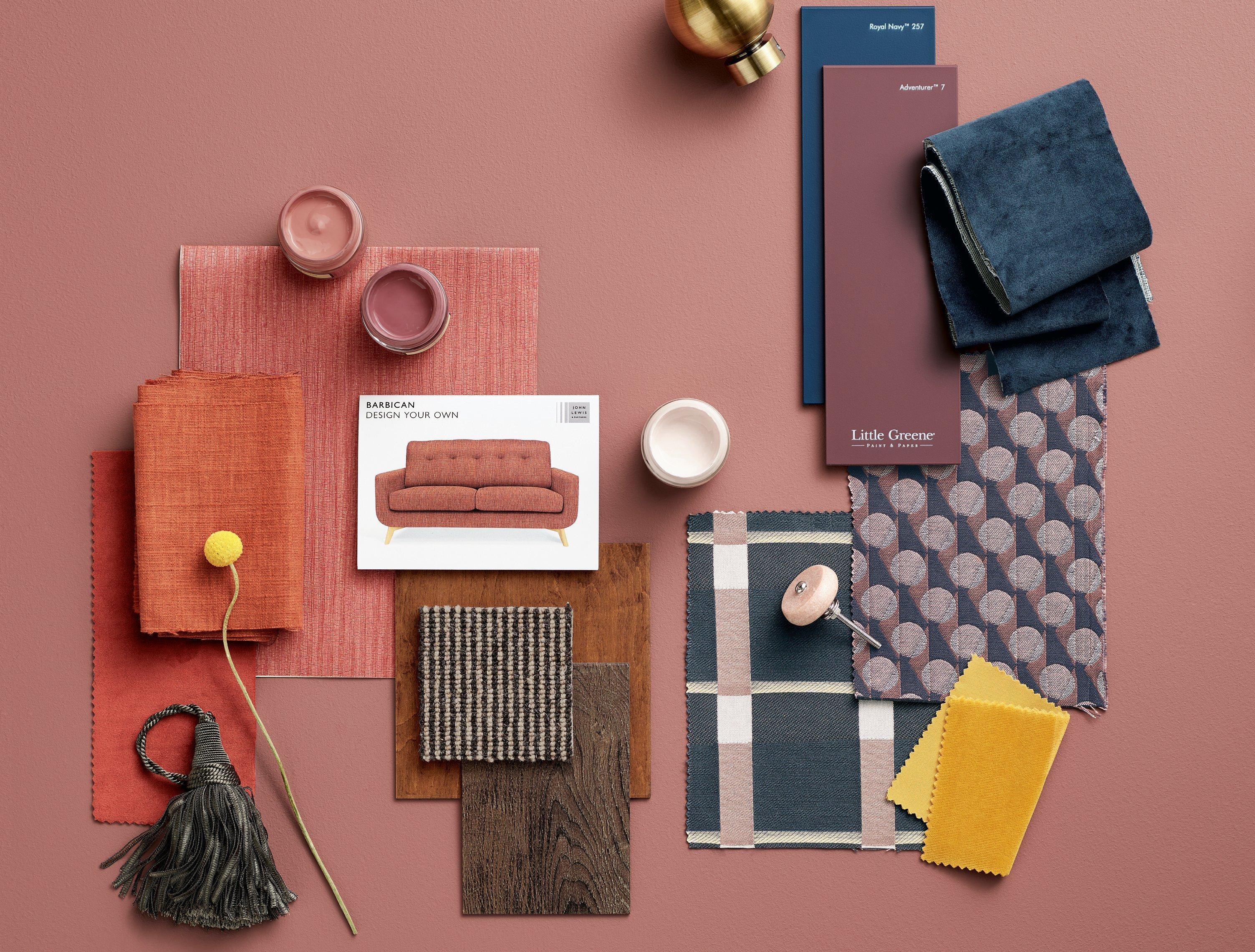OUR HOMES HAVE NEEDED TO FLEX MORE THAN EVER OVER THE PAST YEAR, BUT WITH CLEVER DESIGN, GREAT PRODUCTS AND AN ADAPTABLE ATTITUDE, YOUR SPACE CAN FACE WHATEVER LIFE THROWS AT IT…
Ahh, our homes… what were once seen as our castles where we could relax after work or entertain on the weekends are now – on any given day – classrooms, playrooms, boardrooms, yoga studios, restaurants, cocktail bars and more. Some of these changes will be temporary, while others will become permanent, yet what impact has this had on the way we live today?
As Partner & Futurologist John Vary explains: ‘COVID-19 amplified the need for our spaces to become really agile. One minute we’re on a video call, the next we’re looking for ideas to support our children’s learning. So our homes have become more flexible, with multiple configurations. Design and products of the future must align with this agility, providing modular options in effortless ways.’
So what makes a great, flexible home?
To max out your home’s flexible potential, you need to create multi-functional zones within rooms, especially in those larger open-plan spaces. These can be quickly rearranged throughout the day, to meet the different needs of the household; a spare room is used as a gym every morning, before transitioning into an office space, a playzone is set up in the living room, before being tidied away every evening for the grown-ups to relax.
Behavioural psychologist Honey Langcaster-James suggests that creating multiple room ‘zones’ is helping us mentally cope with living in close range to each other and spend long periods at home. ‘As human beings, we need variety in our environment and positive social contact with others. When we spend time together, many of us feel nourished on a social level, but we also have to respond to each other and accommodate one another’s needs and behaviours. Something as simple as separating off an area with a curtain, or a screen, or turning a sofa around so the one side is for relaxing and the space behind is for working can make all the difference.’
‘Many people opted for open-plan spaces to allow everyone to be together, but that “together” wasn’t meant to be all day, every day. Having your own space has become really important too,’ says Fionnuala Johnston, Partner & Senior Designer, Home Design Studio. Find a nook for a comfy chair where you can sit and read, create a moveable home work station using a trolley, or create a kids’ crafting area with a small table and chairs.
In a flexible space, there are some pieces of furniture that will work harder than others, so it‘s important to shop wisely and choose something that you love. Dining tables can change in a flash from homework stations to boardroom tables, baking spots to dine-in restaurants. Choose a design that can extend, boosting its flexibility, teaming with a bench and dining chairs that could double up as home office additions as and when needed.
Use a corner sofa to section off a zone, choosing a mid-dark colour that will withstand its close proximity to the kitchen. A 15-year frame guarantee (found on all John Lewis & Partners’ sofas), means it will last too.
Make occasional pieces lightweight – you’ll be more likely to move a coffee table out of the way for a yoga session if it’s easy to lift. One of the simplest updates for a living room that can work in many guises all day long is a pouffe or footstool, such as the Bobbin. Pop a tray on it for a quick snack, prop your feet up after a long day, use for a quick tidy up thanks to its hidden storage, or pull it out as a casual extra seat.
Don’t forget the personalisation, with accessories that reflect your household – whether that’s soft neutrals or fun brights. ‘Choose an adaptable palette for an open-plan space, saving colour and pattern for a separate room where you can go a little more crazy as you aren’t there the whole time,’ advises Fionnuala.
But what to do with all of these extra things that our flexible lifestyles have acquired – whether that’s a breadmaker, exercise bike or blackboard? ‘Good storage is key,’ says Partner & Home Design Stylist Wil Law. ‘You just can’t close the door on open-plan spaces. Rooms that were once a fusion of kitchen, dining and living have become so much more.’ Look for cabinets to store office essentials, open shelving units positioned next to the dining table, for easy clear-up time, side tables next to a comfortable chair and baskets for quick tidy-ups.
‘We need to integrate our extra life kit into our homes while maintaining the best aspects of lockdown – such as remote working, exercising at home and enjoying meals together – by creating a stylish, functional environment to accommodate it all,’ says Fionnuala. ‘We adapted our homes temporarily, now we can create permanent but flexible solutions… and that’s the exciting part.’


